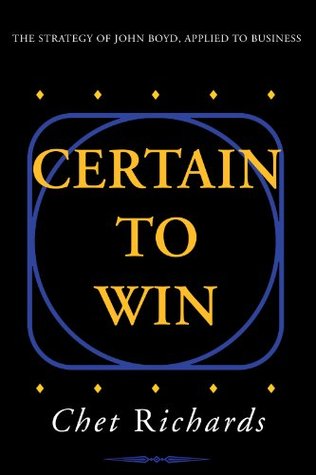More on this book
Community
Kindle Notes & Highlights
These “principles of the Blitzkrieg” do not give instructions on how to deploy tanks on the battlefield. Rather they aim to attack the ability of the other side to make effective decisions under conditions of danger, fear, and uncertainty and to increase our ability to function well under these same conditions.
He that would run his company on visible figures alone will soon have neither company nor visible figures to work with. W. Edwards Deming20
The essence of agility and of applying Boyd’s ideas to any form of competition is to keep one’s orientation well matched to the real world during times of ambiguity, confusion, and rapid change, when the natural tendency is to become disoriented.
Time—in particular how long it takes our side to reorient compared to how long it takes the opponent—is Boyd’s primary device for accomplishing this, which is why the name “time-based competition” also came to be applied to this approach to strategy.21
If in your organization you have a small number of people making mistakes and performing poorly, it’s probably their fault. You should spend your time working with them, or transfer them to other jobs, or if neither of those options is feasible, remove them. If it’s much more than 10%, though, then it’s the system’s fault and you should put your effort into fixing the system and quit blaming or exhorting the people in it.
The noted Chinese strategist Sun Tzu (c. 5th century B.C.), who is still widely studied today, dismissed the fascination with size thusly: “Numbers alone confer no advantage.”31 Japan’s favorite strategist, the 17th Century samurai warrior-philosopher, Miyamoto Musashi, wrote with blunt contempt that “it does not matter who is stronger or who is faster.”32


